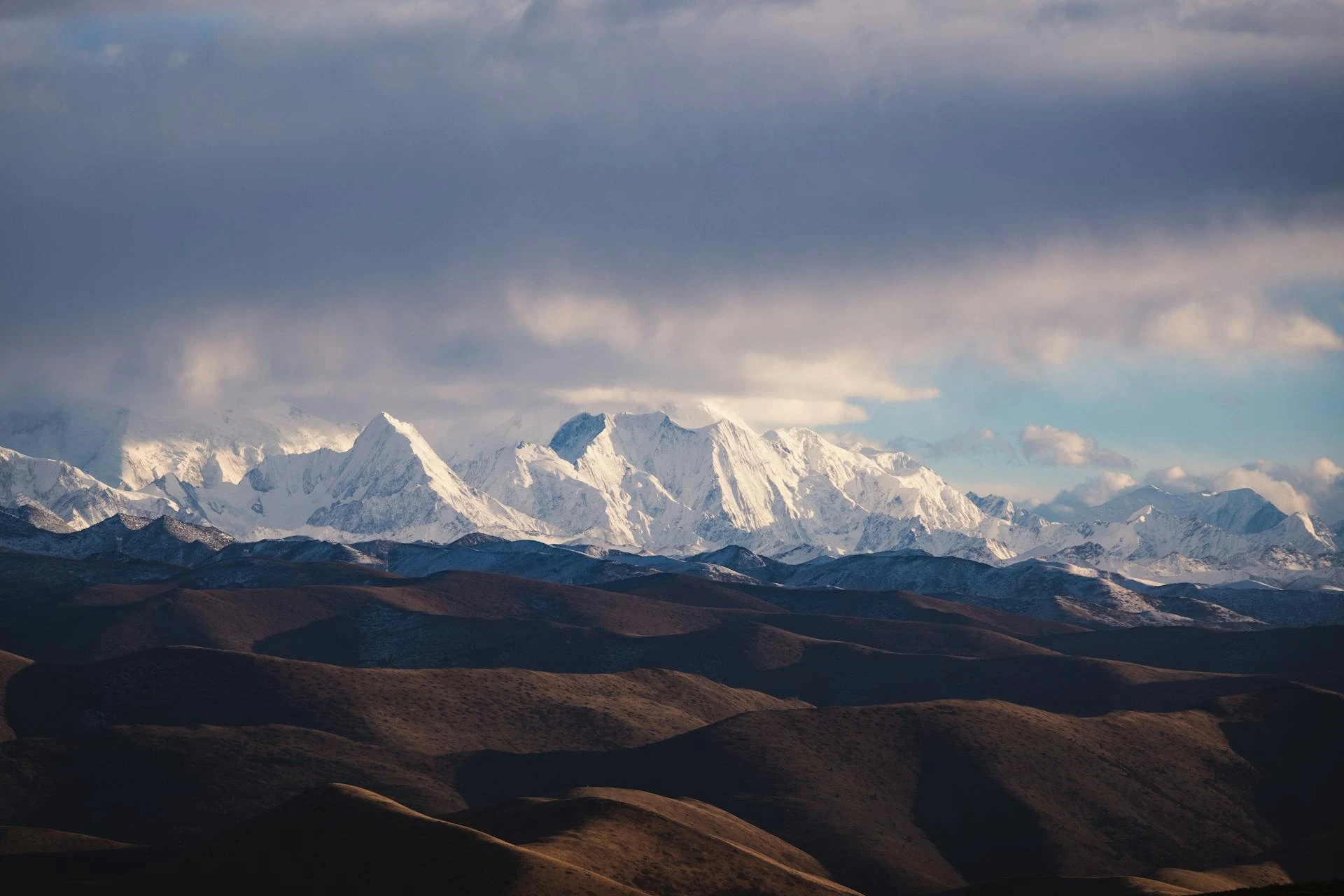
Siachen Glacier, located in the eastern Karakoram range in Ladakh, is often called the world’s highest battleground. Stretching over 70 kilometres, it is the longest glacier outside the polar regions and lies at an average altitude of around 5,400 meters (17,700 feet). This remote, icy expanse is strategically significant as it borders India, Pakistan, and China, making it one of the most militarised zones on the planet.
The glacier was largely unexplored until the 1980s, when India and Pakistan clashed over control of the region. Since then, the Siachen area has been under constant military presence, with Indian soldiers stationed there year-round to maintain territorial claims. The harsh environment, with temperatures plunging to minus 50 degrees Celsius, heavy snowfall, avalanches, and oxygen scarcity, makes life extremely difficult for those posted here. Despite these challenges, the soldiers demonstrate immense resilience and dedication.
Apart from its military significance, Siachen Glacier is a place of remarkable natural beauty. Surrounded by towering peaks such as Saltoro Kangri and the Karakoram range, the glacier’s vast ice fields, crevasses, and rugged terrain attract adventure enthusiasts and researchers interested in glaciology and climate change. The region also holds ecological importance, feeding several rivers that sustain life downstream.
Travel to Siachen is highly restricted due to security reasons, and civilians require special permits to visit. The journey to the glacier typically involves travelling to Leh, followed by a trek or helicopter ride to forward posts near the glacier’s edge. For those interested in learning about the glacier without venturing into restricted zones, the Siachen Base Camp and the nearby Nubra Valley offer vantage points and insights into the region’s strategic and environmental significance.
How to Reach and Explore Siachen Glacier
The drive from Leh to Nubra Valley covers approximately 150kilometress.
From Diskit, it’s about 60 kilometres to the Panamik Hot Springs.
Panamik to the Siachen Base Camp is roughly another 60 kilometres.
The distance from Siachen Base Camp back to Nubra or Diskit is around 180 kilometres.
Since accommodation options at the Siachen Base Camp are minimal, we recommend planning a day trip to the glacier from Nubra Valley. It’s advisable to allocate an extra day in Nubra Valley to explore the area upon arrival, and then dedicate the following day to visiting the Siachen Glacier Base Camp. After the visit, you can return to Nubra Valley for the night.
The day after, you can either head back to Leh or continue your journey by driving towards Pangong Lake via Shayok, allowing you to discover the stunning landscapes of the region further.
Health Advisory
The altitude from Siachen Base Camp to Kumar Post ranges between 11,000 and 15,000 feet, which is significantly higher than Leh’s elevation. While visiting the Siachen Base Camp itself is generally safe for those who have adequately acclimatised, travelling further to Kumar Post requires extra caution.
If you have medical conditions such as diabetes, high blood pressure, respiratory problems, asthma, or breathing difficulties, it is strongly advised that you avoid visiting Kumar Post. Before planning a trip to these high-altitude locations, it is essential to consult your doctor to ensure it is safe for you.
Best Time to Visit Siachen
The Siachen Glacier Base Camp is accessible from April through October. However, the most favourable period to visit is between May and September, when weather conditions are generally more suitable for travel.
Places to Visit
Panamik Hot Sulfur Springs: Natural hot springs known for their therapeutic properties.
Sumur Village: A traditional Ladakhi village offering a glimpse into local culture and lifestyle.
Samstalingka Monastery: A serene monastery reflecting the rich spiritual heritage of the area.
OP Baba Shrine: A revered site dedicated to a local spiritual figure.
Siachen Base Camp: The starting point for exploring the famed glacier and its surroundings.
Kumar Post: Located at approximately 4,575 meters altitude, this post was named after Colonel Narinder Bull Kumar, who played a key role during Operation Meghdoot. Visits to Kumar Post require prior permission from the Army.
Various Villages Along the Route: Experience the culture and lifestyle of other small villages scattered along the journey.